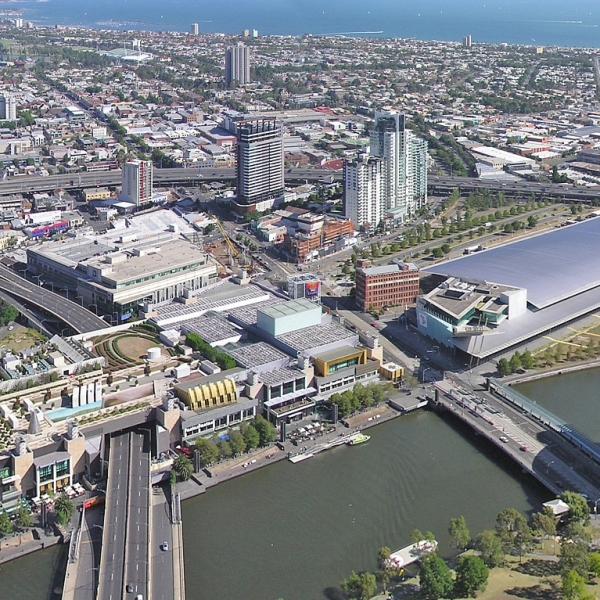INNER MELBOURNE
Melbourne
Melbourne is the capital and most populous city in the state of Victoria, and the second most populous city in Australia. The Melbourne City Centre is the hub of the greater metropolitan area and the Census statistical division – of which “Melbourne” is the common name. As of June 2011, the greater geographical area had a population of 4.1 million. Inhabitants of Melbourne are called Melburnians or Melbournians. The metropolis is located on the large natural bay known as Port Phillip, with the city centre positioned on the estuary of the Yarra River (at the northernmost point of the bay). The metropolitan area then extends south from the city centre, along the eastern and western shorelines of Port Phillip, and expands into the hinterland. The city centre is situated in the municipality known as the City of Melbourne. The metropolitan area consists of a further 30 municipalities.
Melbourne was founded in 1835 (47 years after the European settlement of Australia) by settlers from Launceston in Van Diemen’s Land. It was named by Governor of New South Wales Sir Richard Bourke in 1837, in honour of the British Prime Minister of the day, William Lamb, 2nd Viscount Melbourne. Melbourne was officially declared a city by Queen Victoria in 1847. In 1851, it became the capital city of the newly created colony of Victoria. During the Victorian gold rush of the 1850s, it was transformed into one of the world’s largest and wealthiest cities. After the federation of Australia in 1901, it served as the interim seat of government of the newly created nation of Australia until 1927. Often referred to as the “Garden City” and “cultural capital of Australia”, Melbourne is the birthplace of cultural institutions such as Australian film (as well as the world’s first feature film), Australian television, Australian rules football, the Australian impressionist art movement (known as the Heidelberg School) and Australian dance styles such as New Vogue and the Melbourne Shuffle.[17][18] It is also a major centre for contemporary and traditional Australian music.
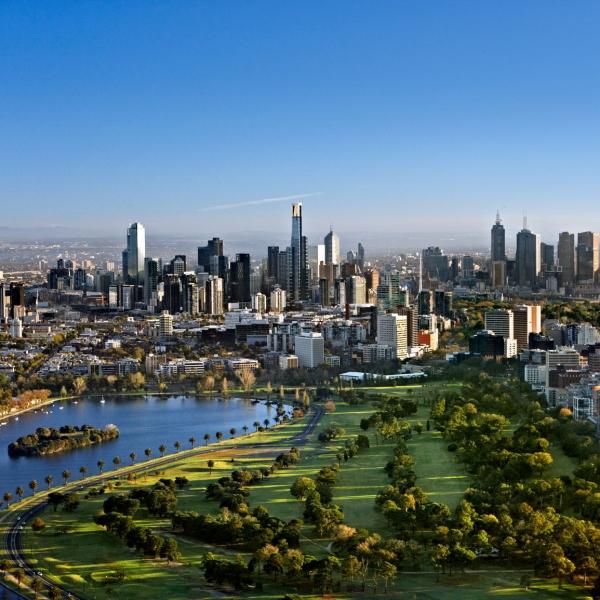
Melbourne was ranked as the world’s most liveable city in ratings published by the Economist Group’s Intelligence Unit in August 2011 and again in 2012. It was also ranked in the top ten Global University Cities by RMIT’s Global University Cities Index (since 2006) and the top 20 Global Innovation Cities by the 2thinknow Global Innovation Agency (since 2007). The metropolis is also home to the world’s largest tram network. The main airport serving Melbourne is Melbourne Airport. Avalon Airport is currently being developed into Melbourne’s second international airport.
Docklands
Docklands is a suburb of Melbourne, Victoria, Australia, 2 km west from Melbourne’s Central Business District. Its Local Government Area is the City of Melbourne. At the 2011 Census, Docklands had a population of 5,791 Docklands occupies an area extending up of and adjacent to the Melbourne CBD. It is bounded by Spencer Street, Wurundjeri Way and the Charles Grimes Bridge to the east, CityLink to the west and Lorimer Street across the Yarra to the south and is a primarily waterfront area centred around the banks of the Yarra River. Contemporary Docklands is the product of an ongoing urban renewal project to extend the area of the Melbourne CBD (excluding Southbank and St Kilda Road) by over a third when completed around 2015. It is now home to several of Melbourne’s modern landmarks, including Etihad Stadium, Southern Cross Station and The Southern Star. From the 1880s, the former swamp west of Melbourne became heavily used as a dock, with an extensive network of wharfs, heavy rail infrastructure and light industry. However, following the containerisation of shipping traffic it fell into disuse and by the 1990s was virtually abandoned, becoming notable for an underground rave dance scene, a dance culture which survives through popular organised events held at Docklands Stadium. Docklands Stadium (first known as Colonial Stadium) was built in 1996 as a centrepiece to kick-start developer interest in Docklands as a viable renewal area. Urban renewal began in earnest 2000, with several independent privately developed areas overseen by VicUrban, an agency of the State government of Victoria. The brief for the master plan was for wide open water promenades and road boulevards with contributions of landscaping and public art commissions to be made by each developer and construction was to adhere to strict milestones. VicUrban promotes its vision of Docklands as being a major tourist attraction and projected over 20 million visitors a year and a future (2015) residential population of over 20,000.A handful of significant buildings were retained, generally due to their association with the area’s industrial and maritime history. Most of these heritage buildings are intended for adaptive reuse and integrated with new facilities. Docklands has become a sought-after business address, attracting the national headquarters of the National Australia Bank, ANZ, Medibank Private, Bureau of Meteorology, Myer, National Foods as well as the regional headquarters for Ericsson and Bendigo Bank. The business park model of medium-rise office buildings combined with transport and proximity to the City Centre is seen by many in the real estate industry to be one of the reasons behind the success of the Docklands office market.
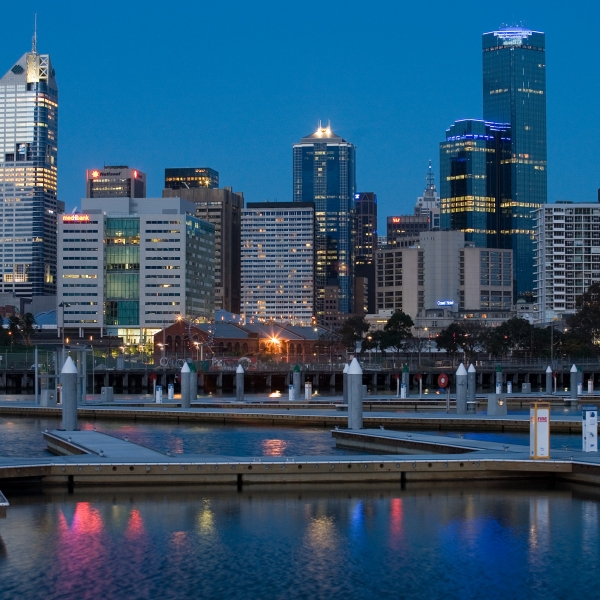
West Melbourne
West Melbourne is a suburb of Melbourne, Victoria, Australia, 3 km north-west from Melbourne’s Central Business District. Its Local Government Area is the City of Melbourne. At the 2011 Census, West Melbourne had a population of 3,744. West Melbourne is bounded by Victoria Street and the Sydenham/Werribee railway lines in the north, Footscray Road, the Moonee Ponds Creek and the Yarra River in the south. Peel Street and the Flagstaff Gardens help form the eastern boundary, with the western boundary defined by the Maribyrnong River and Coode Island, a locality of West Melbourne, which is home to Victoria’s largest toxic chemical storage facility. Being largely an industrial area, a significant portion of West Melbourne is occupied by the Port of Melbourne, the Dynon Railway Yards and the Melbourne Markets. These include the Wholesale Fruit and Vegetable and Fish Markets, as well as the National Flower Centre. It also contains a small pocket of residential and commercial properties, consisting of a mixture of Victorian single and double storey terrace houses and converted warehouses at the north-west corner of the Melbourne CBD. It is also home to the Queen Victoria Market, located on corner of Victoria and Peel Streets.
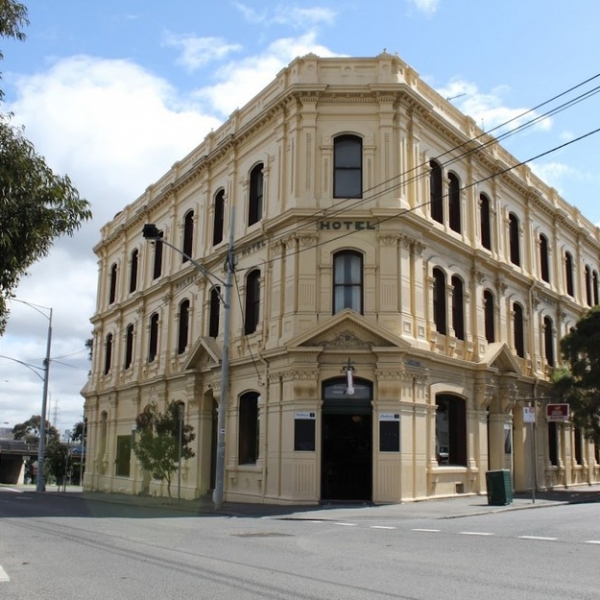
Parkville
Parkville is a suburb of Melbourne, Victoria, Australia, 3 km north from Melbourne’s Central Business district. Its Local Government Area are the Cities of Melbourne and Moreland. At the 2011 Census, Parkville had a population of 6,193. Parkville is bordered by North Melbourne to the south-west, Carlton and Carlton North to the south and east, Brunswick to the north (where a part of Parkville lies within the City of Moreland), and Flemington to the west. The suburb includes the postcodes 3052 and 3010 (University). A major feature is the neighbouring Royal Park, Melbourne, an expansive parkland which is notable as home to the Royal Melbourne Zoological Gardens and was the athlete’s village for the 2006 Commonwealth Games. Parkville is a major education, research and healthcare precinct and home to the University of Melbourne, Monash University Pharmacy faculty, Royal Melbourne Hospital, Royal Women’s Hospital, Royal Children’s Hospital and CSL. The residential areas have a high median house price due to the proximity to the city and parkland, Victorian era buildings, terrace houses and tree lined streets.
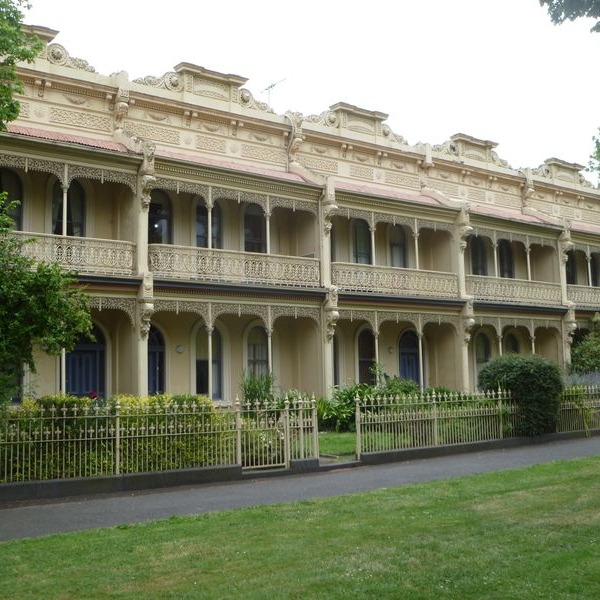
North Melbourne
North Melbourne is a suburb of Melbourne, Victoria, Australia, 2 km north-west from Melbourne’s Central Business District. Its Local Government Area is the City of Melbourne. At the 2011 Census, North Melbourne had a population of 11,755. North Melbourne is bounded by the CityLink freeway to the west, Victoria Street to the south, O’Connell and Peel Streets to the east and Flemington Road to the north. Since July 2008 its Local Government Area has been the City of Melbourne, when it took over the administration of parts of Kensington and North Melbourne that were previously under the City of Moonee Valley, resulting in an increase of approximately 4760 residents and almost 3000 workers (2006 Census). Formerly known as Hotham, it was a working class area and was one of the first towns in Victoria to be granted Municipal status. Today it continues to undergo gentrification, noted for its Victorian architecture, cosmopolitan demographic, commercial and older industrial areas.
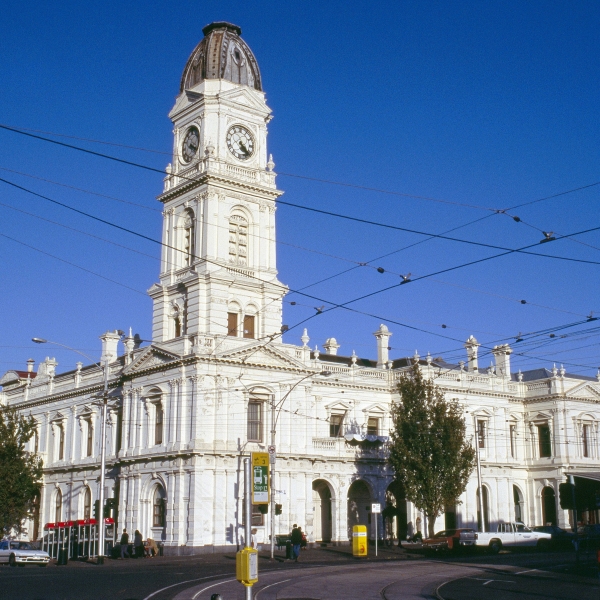
Carlton
Carlton is a suburb of Melbourne, Victoria, Australia, 2 km north from Melbourne’s Central Business District. Its Local Government Area is the City of Melbourne. At the 2011 Census, Carlton had a population of 13,509. Its boundaries are roughly Elizabeth Street to the west, Princes Street to the north, Victoria Parade to the south, and Nicholson Street to the east.The suburb is well known for its “Little Italy” precinct on Lygon Street, for its Victorian architecture and its European-style squares (University Square, Lincoln Square, Argyle Place and MacArthur Place) and the Carlton Gardens, the latter being the location of the Royal Exhibition Building, one of Australia’s few man-made sites with World Heritage status.
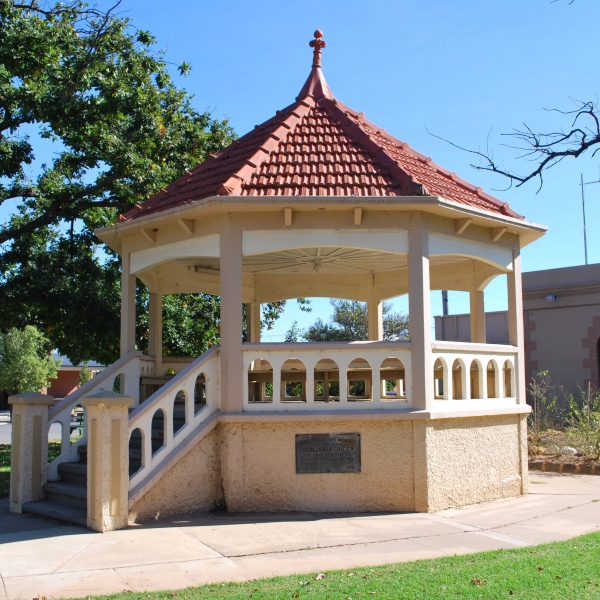
Collingwood
Collingwood is a suburb of Melbourne, Victoria, Australia, 3 km north-east from Melbourne’s Central Business District. Its Local Government Area is the City of Yarra. At the 2011 Census, Collingwood had a population of 6,467. Collingwood is one of the oldest suburbs in Melbourne and is bordered by Smith Street, Alexandra Parade, Hoddle Street and Victoria Parade. Collingwood is notable for its historical buildings, with many nineteenth century dwellings, shops and factories still in use. It was named after Baron Collingwood, a British admiral.
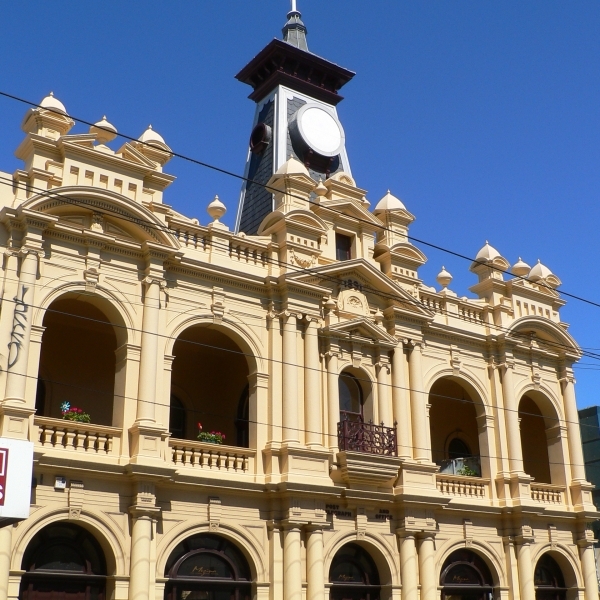
East Melbourne
East Melbourne is a suburb of Melbourne, Victoria, Australia, 2 km east from Melbourne’s Central Business District. Its Local Government Area is the City of Melbourne. At the 2011 Census, East Melbourne had a population of 4,714. East Melbourne is a small area of inner Melbourne, located between Richmond and the Melbourne Central Business District. Broadly, it is bounded by Spring Street, Victoria Parade, Punt Road/Hoddle Street and Brunton Avenue. One of Melbourne’s earliest suburbs, East Melbourne has long been home to many significant government, health and religious institutions, including the Parliament of Victoria and offices of the Government of Victoria in the Parliamentary and Cathedral precincts, which are located on a gentle hill at the edge of the Melbourne’s Hoddle Grid, known as Eastern Hill. The world famous Melbourne Cricket Ground (MCG) is located in Yarra Park, in the East Melbourne locality of Jolimont. East Melbourne has been affluent since its first establishment and contains some of the oldest Victorian homes and terrace houses and parks and gardens in Melbourne.
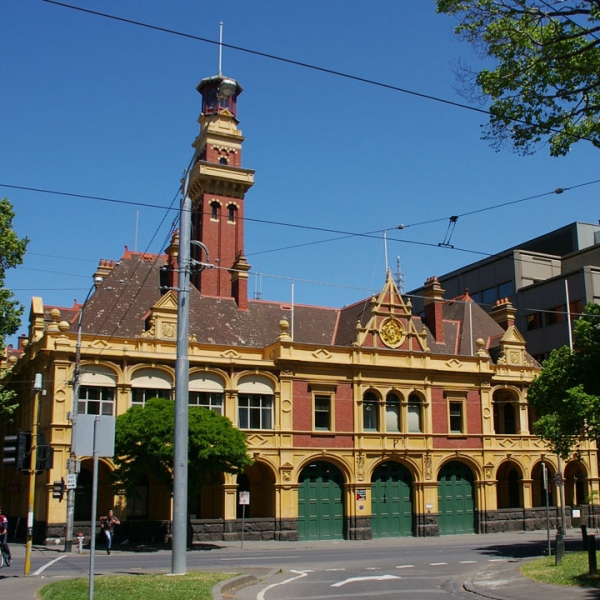
Southbank
Southbank is a suburb of Melbourne, Victoria, Australia, 1km south from Melbourne’s Central Business District. Its Local Government Area are the Cities of Melbourne and Port Phillp. At the 2011 Census, Southbank had a population of 11,235. Southbank is an inner city suburb of Melbourne, located direct south of the Yarra River, opposite Melbourne’s Hoddle Grid. Its northernmost area is considered part of the Central Business District and Central Activities District of the City. Southbank is bordered to the north by the Yarra River, and to the east by St Kilda Road. Southbank’s southern and western borders are bounded by Dorcas Street, Kings Way, the West Gate Freeway and Montague Street. Southbank was formerly an industrial area and part of South Melbourne. It was transformed into a densely populated district of high rise apartment and office buildings beginning in the early 1990s, as part of an urban renewal program. With the exceptions of the cultural precinct along St Kilda Road, few buildings built before this time were spared by redevelopment. Today Southbank is dominated by high-rise development. It is one of the primary business centres in Greater Melbourne, being the headquarters of Foster’s, Treasury Wine Estates, Crown Limited, Alumina, Incitec Pivot, The Herald and Weekly Times (including the Herald Sun), as well as regional offices of many major corporations, in a cluster of towers with over 340,000 square metres of office space in 2008. It is also one of the most densely populated areas of Melbourne, with a large cluster of apartment towers, including Australia’s tallest tower measured to its highest floor, the Eureka Tower. Southbank Promenade and Southgate Arts and Leisure Precinct, on the southern bank of the Yarra River, extending to Crown Casino, is one of Melbourne’s major entertainment precincts. Southgate’s landmark Ophelia sculpture by Deborah Halpern has been used to represent Melbourne in tourism campaigns.
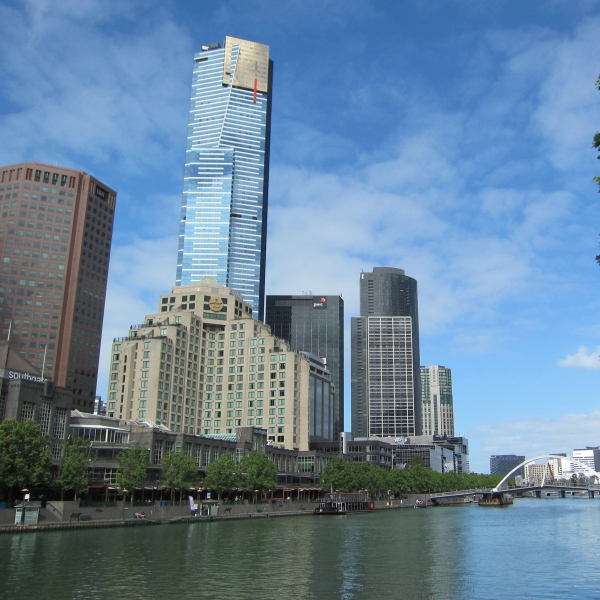
South Wharf
South Wharf is a suburb of Melbourne, Victoria, Australia, 2 km south-west from Melbourne’s Central Business District. Its Local Government Area are the Cities of Melbourne and Port Phillip. At the 2011 Census, South Wharf had a population of 66. South Wharf is a small inner suburb south west from Melbourne’s CBD. Its borders are the Yarra River to the north, Wurundjeri Way to the west, the West Gate Freeway and a small private car park bordering Ford Street and Munro Street, which is part of the City of Port Phillip, to the south and the former Port Melbourne railway line and Clarendon Street to the east. Gazetted in 2008 and formerly part of the industrial and shipping area of Southbank, the renaming is part of a wider urban renewal strategy to link Southbank with the Melbourne Docklands. South Wharf includes some of Melbourne’s landmarks, including the Melbourne Exhibition and Convention Centre and the Melbourne Maritime Museum, with its heritage Polly Woodside. South Wharf is also home to shopping outlet Direct Factory Outlets, and the 5-star luxury hotel Hilton Melbourne – South Wharf. A five storey Victorian warehouse, known as the Tea House (at 28 Clarendon Street), built in 1888, is one of the few buildings which survived the redevelopment of the area.
